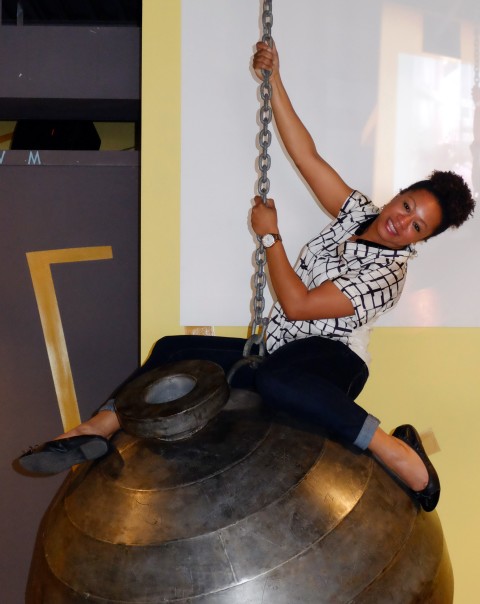-

-

-

FAST 5: Q&A with The Castle Group Principal & Co-Founder, Wendy Spivak: Five Things to Know About Events Management and Integrating Strategic Event Planning into PR campaigns
While public relations is a major piece of the communications puzzle, we don’t often hear how strategic corporate events management…
-


